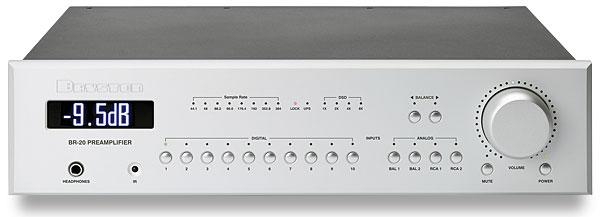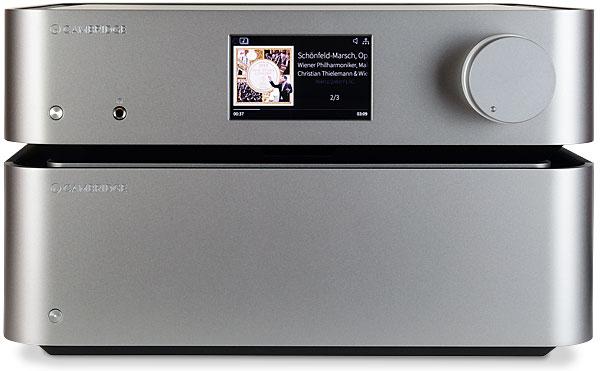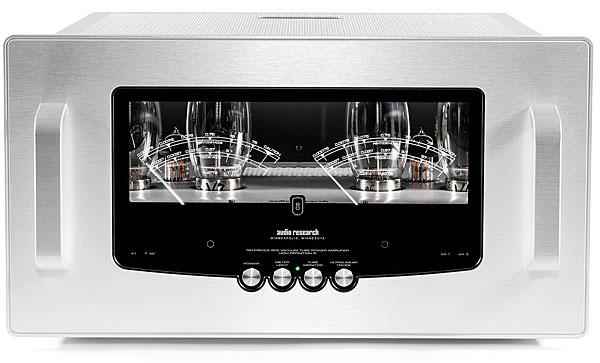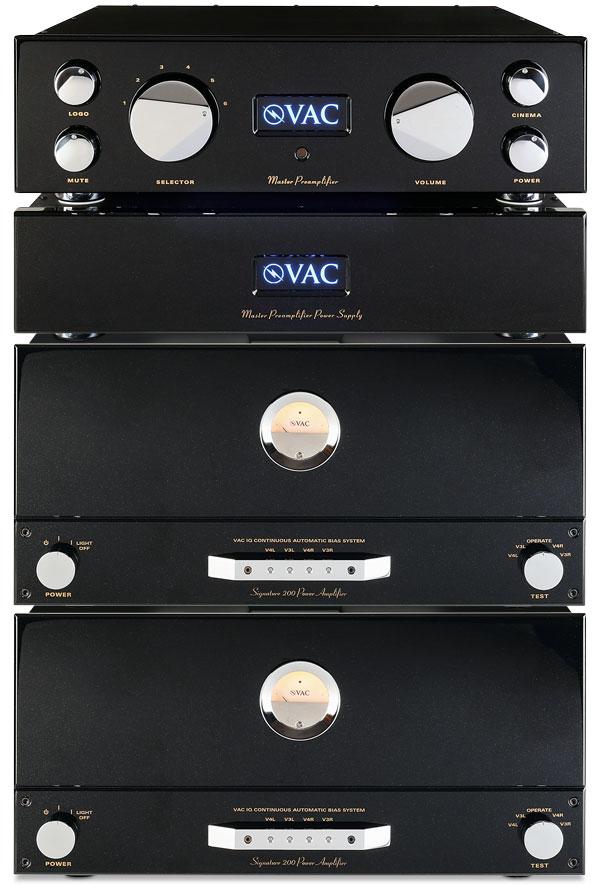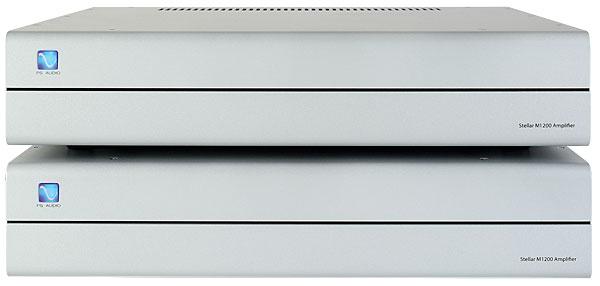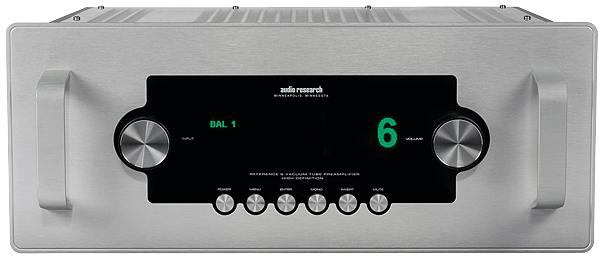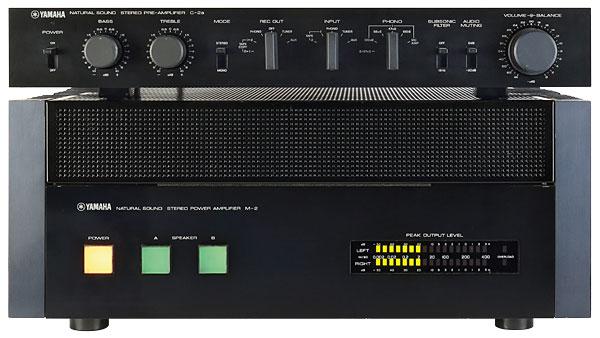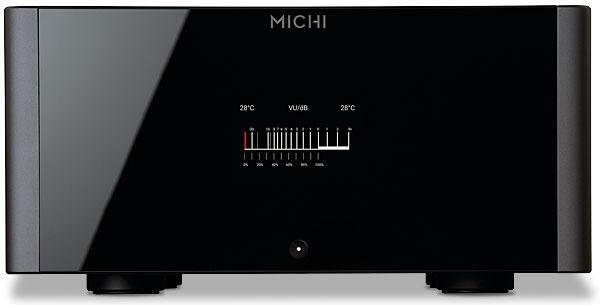|
Sep 16, 2021
|
Aug 23, 2021
|
Jul 02, 2021
|
Jun 07, 2021
|
Jun 03, 2021
|
Apr 02, 2021
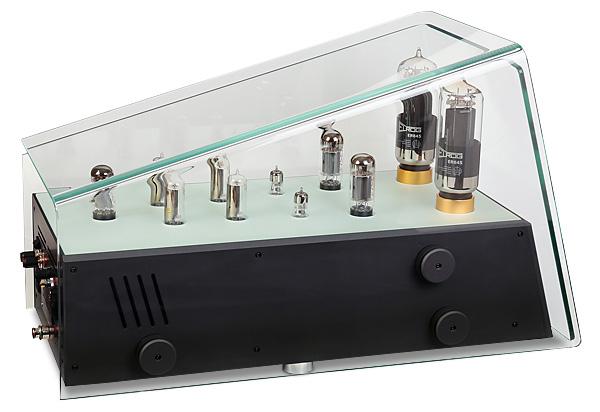
 With radical styling, serious room-heating ability and possibly the highest price per Watt ever seen in these pages, these Swedish power amps are the result of a family obsession
With radical styling, serious room-heating ability and possibly the highest price per Watt ever seen in these pages, these Swedish power amps are the result of a family obsession
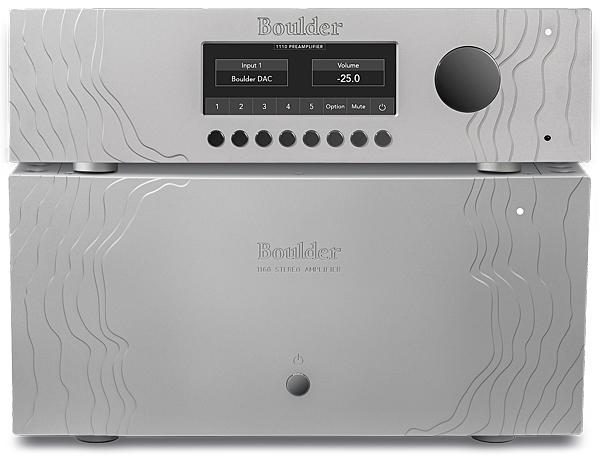

 An outlier in its day, this preamp was marketed as a match for products from rival brands yet its real purpose was to drive the company's MFB speakers. We fire it up...
An outlier in its day, this preamp was marketed as a match for products from rival brands yet its real purpose was to drive the company's MFB speakers. We fire it up...
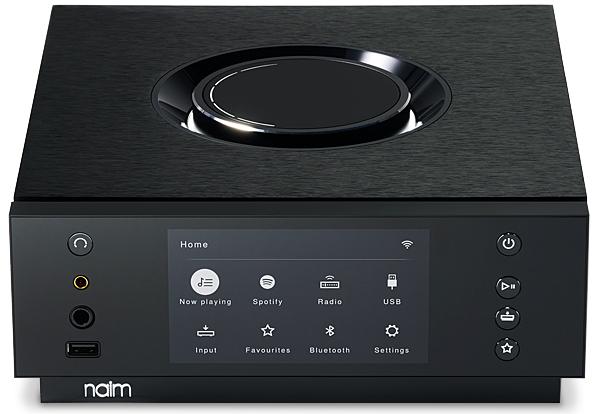
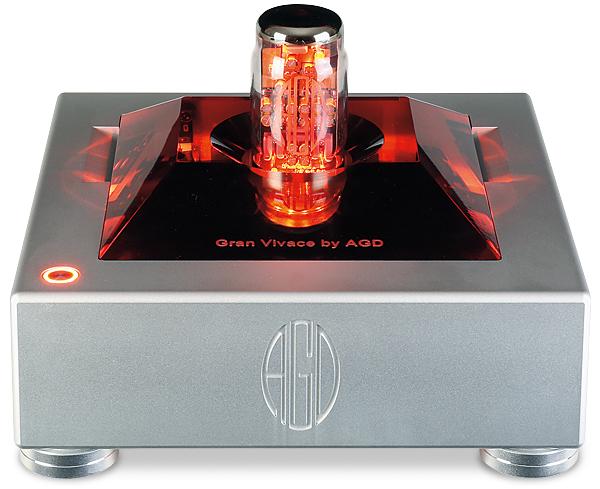
 Infineon Technologies' Class D solutions have been seen before in audiophile amps, but this is the first to feature gallium nitride FETs. The 'tubes', however, are pure decoration!
Infineon Technologies' Class D solutions have been seen before in audiophile amps, but this is the first to feature gallium nitride FETs. The 'tubes', however, are pure decoration!
